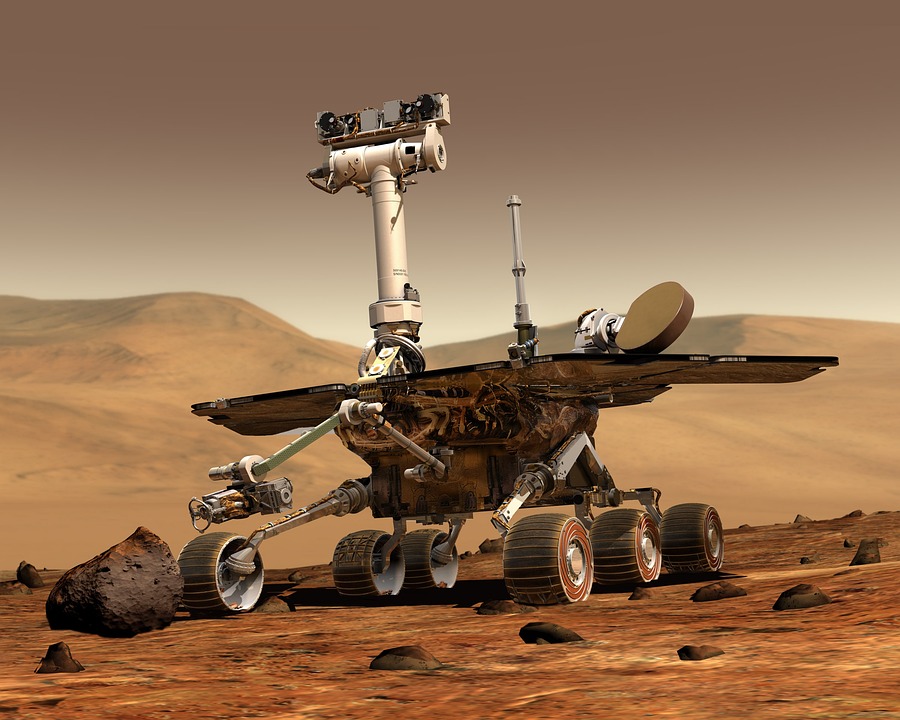
Solar panel system installations on roofs have become increasingly popular in recent years, as more people are looking to take advantage of renewable energy sources to power their homes and businesses. However, there are several key factors that need to be considered when designing a solar panel system installation on a roof, including the size and orientation of the roof, the type of solar panel system to be used, and the local climate and weather conditions. In this essay, we will discuss these factors in more detail, and explain why they are important to consider when designing a solar panel system installation on a roof.
The first factor to consider when designing a solar panel system installation on a roof is the size and orientation of the roof. The size of the roof will determine how many solar panels can be installed, and the orientation of the roof will determine how much sunlight the solar panels will receive. In general, solar panels should be installed on roofs that face south, as this will provide the most sunlight throughout the day. However, if the roof faces east or west, it may still be possible to install solar panels, but the efficiency of the system may be reduced. It is also important to consider the pitch of the roof, as this can affect the angle at which the solar panels are installed. In general, solar panels should be installed at an angle that is equal to the latitude of the location, but this can vary depending on the specific location and the local climate.
The second factor to consider when designing a solar panel system installation on a roof is the type of solar panel system to be used. There are two main types of solar panel systems: photovoltaic (PV) and thermal. PV systems convert sunlight directly into electricity, while thermal systems use sunlight to heat water or air, which can then be used for heating or cooling purposes. PV systems are more common and are typically used to power homes and businesses, while thermal systems are more commonly used for heating and cooling purposes. When selecting a solar panel system, it is important to consider the specific needs of the home or business, as well as the local climate and weather conditions.
The third factor to consider when designing a solar panel system installation on a roof is the local climate and weather conditions. The amount of sunlight that the solar panels receive will be affected by the amount of cloud cover and the amount of rain and snow that the area receives. In areas with a lot of cloud cover or frequent rain and snow, it may be more difficult to generate enough electricity to power the home or business. In addition, extreme weather conditions such as high winds or heavy snow can damage the solar panels or make it more difficult to access them for maintenance.
In addition to these three key factors, there are several other factors that should be considered when designing a solar panel system installation on a roof. These include the cost of the system, the availability of financing options, and the local regulations and permits that may be required. It is also important to consider the maintenance requirements of the system, including the need for regular cleaning and maintenance to ensure that the system is operating at peak efficiency.
When designing a solar panel system installation on a roof, it is important to work with a qualified and experienced installer who can help you assess the specific needs of your home or business and recommend the best system for your needs. The installer should also be familiar with local regulations and permit requirements, and should be able to help you navigate the process of obtaining the necessary permits and approvals for your installation.
In conclusion, designing a solar panel system installation on a roof requires careful consideration of several key factors, including the size and orientation of the roof, the type of solar panel system to be used, and the local climate and weather conditions. Other factors to consider include the cost of the system, the availability of financing options, and the local regulations and permits that may be required. With the proper planning and consideration of these factors, a solar panel system installation on a roof can provide significant energy savings and help to reduce the environmental impact of a home or business. It is important to work with an experienced installer to ensure that the system is properly installed and maintained, and to take advantage of any available financing options or incentives to help make the installation more affordable.
One key consideration when designing a solar panel system installation on a roof is the overall cost of the system. While the cost of solar panels has decreased in recent years, it is still a significant investment for many homeowners and businesses. However, it is important to consider the long-term benefits of a solar panel system installation, including the potential savings on energy bills and the positive impact on the environment. There are also a variety of financing options available for solar panel system installations, including leasing and power purchase agreements (PPAs), which can help to make the installation more affordable for those who may not be able to afford the upfront cost of a system.
Another important factor to consider when designing a solar panel system installation on a roof is the local regulations and permits that may be required. Depending on the specific location, there may be zoning restrictions or building codes that govern the installation of solar panels on roofs. It is important to work with an experienced installer who is familiar with these regulations and can help to navigate the process of obtaining the necessary permits and approvals for the installation.
In addition to these factors, it is also important to consider the maintenance requirements of the system. Solar panels require regular cleaning and maintenance to ensure that they are operating at peak efficiency. This may involve cleaning the panels to remove dirt and debris, checking the wiring and connections, and monitoring the performance of the system to ensure that it is generating the expected amount of electricity. It is important to work with an experienced installer who can provide guidance on the maintenance requirements of the system and help to ensure that it is properly maintained over time.
Overall, designing a solar panel system installation on a roof requires careful consideration of a variety of factors, including the size and orientation of the roof, the type of solar panel system to be used, the local climate and weather conditions, the overall cost of the system, the availability of financing options, and the local regulations and permits that may be required. By working with an experienced installer and carefully considering these factors, homeowners and businesses can enjoy the many benefits of a solar panel system installation, including reduced energy bills, improved environmental impact, and increased energy independence.







